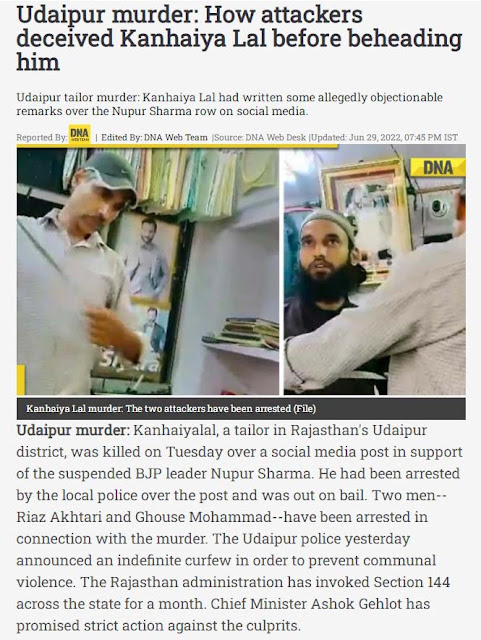Explosions and ooze, Big Bang Fair shows science is fun
Source :BBC
Three
massive halls in Birmingham's National Exhibition Centre are roaring
with excited children, exploding exhibits and scientists and engineers
buzzing with answers.
A group of 12-year-olds don gowns and masks to have a go at
trauma surgery as part of the Big Bang UK Young Scientists and Engineers
Fair. A life-size replica patient, complete with a huge oozing wound is one of hundreds of exhibits designed to get youngsters excited about science and engineering.
The children, from a school in Coventry, share the roles of surgeon and anaesthetist. The challenge is to stop the internal bleeding using clips and to transfuse extra blood and plasma to the patient.
It's certainly dramatic and definitely an effective way to grab the imagination of the next generation of would-be scientists.
Precious says: "We saved him! It was exciting and good experience of teamwork. I want to be a doctor and maybe a surgeon."
Meanwhile at the Olympic inspired In The Zone stand, teenagers are running races and recording changes in their bodies before and after exercise.
There's a competition for who can build the best robot and the finals of Young Engineer and Young Scientist of the Year will be judged here on Friday as part of the National Science and Engineering Competititon.
The organisers say more than 60,000 young people have registered for the three-day fair.
'Sweetie shop' Big Bang chief executive Paul Jackson told BBC News: "We are more popular than any premier league football team apart from Manchester United.
But amid the excitement there are hints of real worry about the lack of young people choosing to continue with science and maths after GCSE.
John Wood is standing by a life-size replica of the Bloodhound vehicle which aims to break the land-speed record by travelling more than 1,000mph (1,610km/h).
He remembers the project was originally set up four years ago to stimulate research and kick-start interest in science and technology in the education system.
"There were worries that without big changes to the education, in a few years time the UK might not have had the expertise to run it," he says.
Engineering UK's own figures suggest that the UK economy will need more than two million more engineers alone within the next 10 years.
While a survey for Jaguar Land Rover, published on Thursday, also makes gloomy reading, suggesting that fewer than a fifth of 13- to 16-year-olds had considered becoming engineers.
Nearly a quarter of the 1,000 teenagers surveyed by ICM said they thought maths and physics lessons were dull.
But Paul Jackson draws comfort from another tranche of statistics which show that the uptake of A-levels in science and maths is growing.
Inspiring a generation
There are signs then that the campaign to boost interest in careers in engineering and science is working - something that Mr Jackson views as very necessary given the increasing demand for highly-skilled workers in manufacturing.
"We really want to inspire the next generation. As the lead organisation, the Big Bang Fair brings all the professional bodies together and we bring an audience - and the numbers you see here today show it's quite an audience."
And there are signs that some members of that audience are keen to play their part in passing on the message.
A group of 15-year-olds from Durham, called The Science Buskers, are performing experiments for younger children.
Their demonstrations include how to create a lava lamp in a lemonade bottle and how polymer chains behave.
One boy says: "We do experiments for the public - simple stuff to get people interested.
"Everyone thinks that scientists have to wear long lab coats and write equations on the board - but we don't."



No comments:
Post a Comment